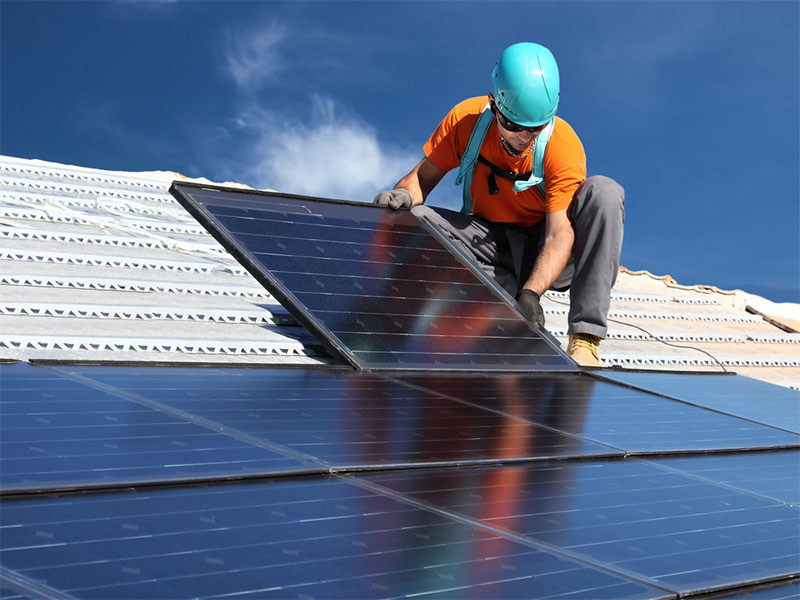How Wall Street Once Killed the U.S. Solar Industry
Why is the American solar-power industry so small? It’s less obvious than it may seem. The global industry is a $65-billion business, and the United States has been involved in it from the beginning. NASA first improved and perfected panels for early satellite and Apollo missions. American firms have been manufacturing and selling solar panels for 40 years.
Honolulu ranks top in the nation for solar energy installations
Honolulu ranks first in the United States when it comes to solar energy installations per capita, according to a new report released Tuesday. Hawaii’s state capital also ranks third in the nation in terms of installed solar photovoltaic capacity with 175 watts per person, behind only San Diego and Los Angeles.
Solar employs more U.S. workers than Apple, Google, and Facebook combined
The rapid rise of solar power is one of the most astonishing transformations in the history of global energy use.
A decade ago, solar photovoltaics (PV) was just a tiny sapling, easily dismissed by fossil fuel advocates. Today, after a remarkable 30-fold increase in PV sales in just nine years, it has become a giant redwood forest. And the giant is still growing, as GTM Research reported in its latest Global Solar Demand Monitor for the first quarter of 2017.
While Trump promotes coal, Chile and others are turning to cheap sun power
On the solar farms of the Atacama Desert, the workers dress like astronauts. They wear bodysuits and wraparound sunglasses, with thick canvas headscarves to shield them from the radiation. The sun is so intense and the air so dry that seemingly nothing survives. Across vast, rocky wastes blanched of color, there are no cactuses or other visible signs of life. It’s Mars, with better cellphone reception.
It is also the world’s best place to produce solar energy, with the most potent sun power on the planet. So powerful, in fact, that something extraordinary happened last year when the Chilean government invited utility companies to bid on public contracts. Solar producers dominated the auction, offering to supply electricity at about half the cost of coal-fired plants.












Comments